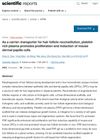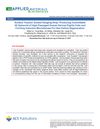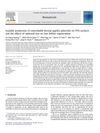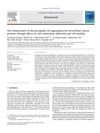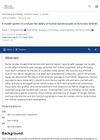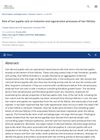Preparation of Hair Beads and Hair Follicle Germs for Regenerative Medicine
May 2019
in “
Biomaterials
”
hair beads hair follicle germs regenerative medicine mouse embryonic mesenchymal cells human dermal papilla cells collagen microgels follicular genes epithelial cells bead-based hair follicle germs alkaline phosphatase activity versican gene expression spheroids hair follicles transplantation nude mice hair growth grafts hair regenerative therapy HBs HFGs bbHFGs
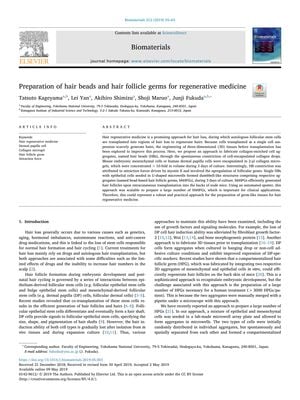
TLDR Researchers developed a method to grow hair follicles using special beads that could help with hair loss treatment.
In the 2019 study, researchers developed a method to create hair beads (HBs) and hair follicle germs (HFGs) for hair regenerative medicine. They encapsulated mouse embryonic mesenchymal cells or human dermal papilla cells in collagen microgels, which contracted significantly, leading to the upregulation of follicular genes. These HBs, when combined with epithelial cells, formed bead-based hair follicle germs (bbHFGs) that efficiently generated hair follicles upon transplantation into nude mice. The study showed that HBs had higher alkaline phosphatase activity and versican gene expression than spheroids, indicating a better environment for hair growth. The HB method was scalable and suitable for clinical applications, as it allowed for the preparation of a large number of grafts. The transplantation of bbHFGs into mice resulted in efficient hair generation, suggesting that this approach could be promising for hair regenerative therapy. The study was supported by the Ministry of Education, Culture, Sports, Science, and Technology (MEXT) of Japan and the Kanagawa Institute of Industrial Science and Technology.

